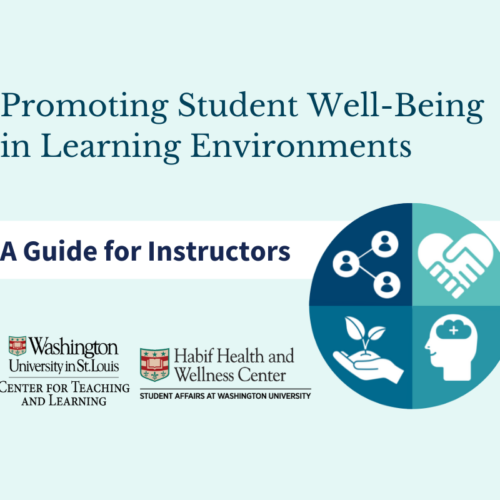How Technology is Changing Higher Ed: NYT Report
Technology is slowly but surely changing the higher education landscape, according to a recent piece in The New York Times. The article focuses on institutions across the country that are implementing innovative technologies to improve learning. Institutions were historically “very risk-averse” to changing their approaches, said Gordon Jones, founding dean of the Boise State University College of Innovation and Design, as quoted by the NYT. But the increasing demands of employers and younger students, as well as the need to attract more customers, makes some schools more willing to try new technologies.
For example, Sandbox ColLABorative, the innovation arm of Southern New Hampshire University, is experimenting with virtual reality to help its students learn. Georgia Tech is experimenting with a virtual teaching assistant named Jill Watson built on the IBM Watson supercomputer platform.
Other institutions are considering changes to their fee system. Boise State Boise State is piloting a subscription program where for $425 a month, students can obtain six credit hours, or for $525 a month, students can get nine credits in one of two online bachelor’s degree programs. The Georgia Institute of Technology is also working on a subscription model.
Another innovation, “interoperable learning record,” or I.L.R., would create lifelong transcripts for students that includes specific skills and life experiences.
“We’re trying to live inside this whole preindustrial design and figure out how we interface with technology to take it further,” said Dr. Kidwell of Arizona State. “Everybody is wrangling with trying to figure out which of these experiments are really going to work.”






